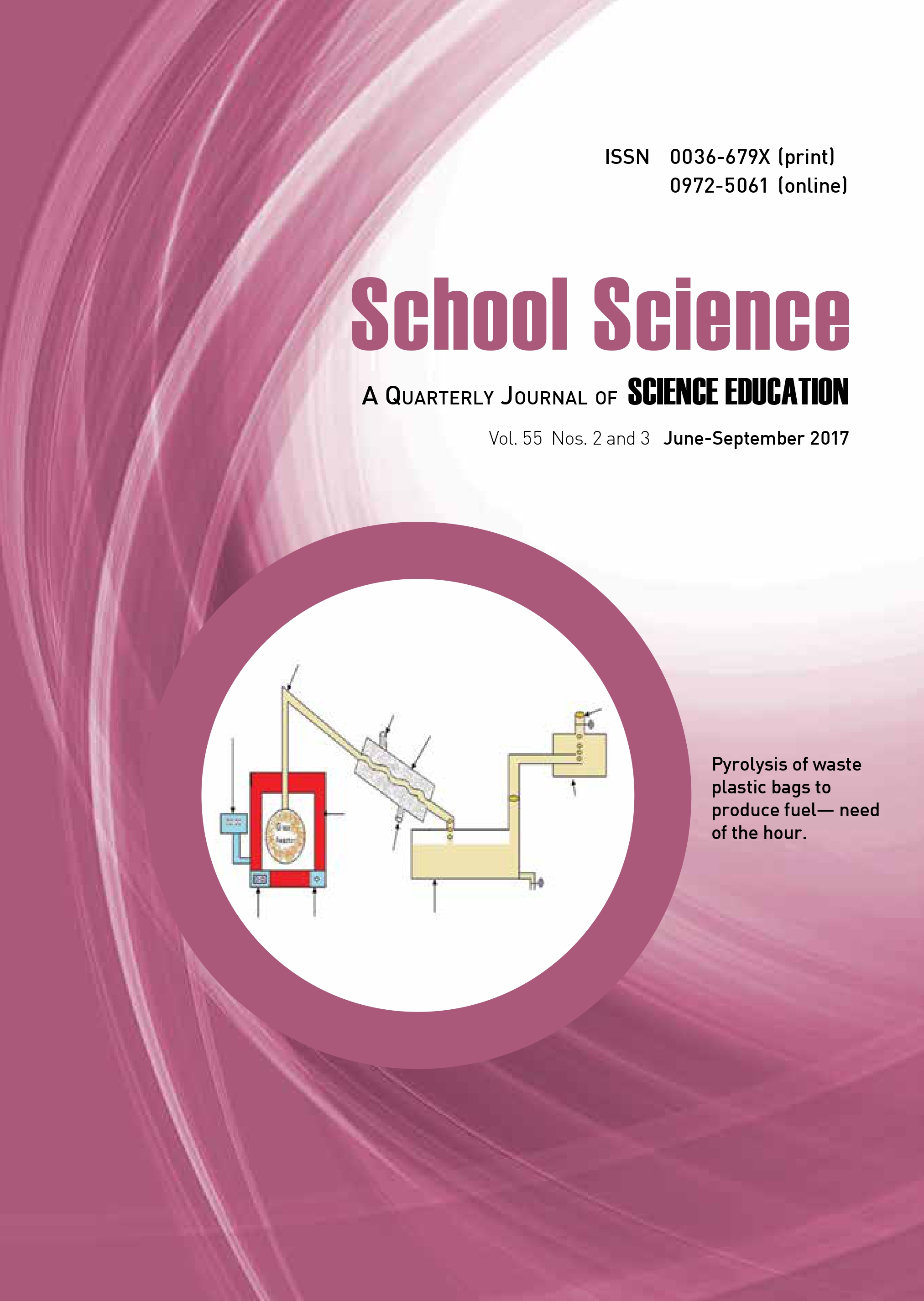
Published 2025-03-05
Keywords
- motivation,
- curiosity,
- demonstration,
- inspire,
- enhancing
- productivity,
- Innovations ...More
How to Cite
Abstract
Science is learning by doing. Learning by doing is a concept within economic theory by which productivity is achieved through practice, self perfection and minor innovations. Science is not just something taught in the classroom; our ordinary moments are full of science. Aim is to develop interest so that students know what, how, when and why of things happening around us. Hands-on science activities are essential components of any early childhood setting, and they lay the foundation for lifelong learning, enhancing ability to think critically and healthy development. Students learn and understand best from what they see, touch, feel and manipulate. No classroom teaching is complete without a live demonstration. It is a challenge, a teacher must face. We can also involve some students they really enjoy learning by doing. Besides routine experiments which are knowledge oriented we can have some simple low cost demonstrations which are motivation oriented. These low cost experiments do not require any routine instructions and can be performed by anyone and with easily available materials. I have designed many hands-on activities using low cost materials, their apparatus and manual covering topics like Mechanics, Properties of Matter, Optics, Sound, Electricity, Magnetism, Heat, Electronics and Chemistry. In my paper I will be demonstrating and explaining some of these activities. Statistical analysis was done covering a topic with simple learning and then with the use of low cost teaching materials. It was found that students retained and gave better result when topic was covered using hands-on activity. Most of the experiments have open ended questions which arouses curiosity in the minds of students. They would try to perform these experiments on their own in order to find the answers. These experiments require materials which are easily available and cost-effective. By studying these simple experiments, they will get an idea of how to develop some more new experiments
